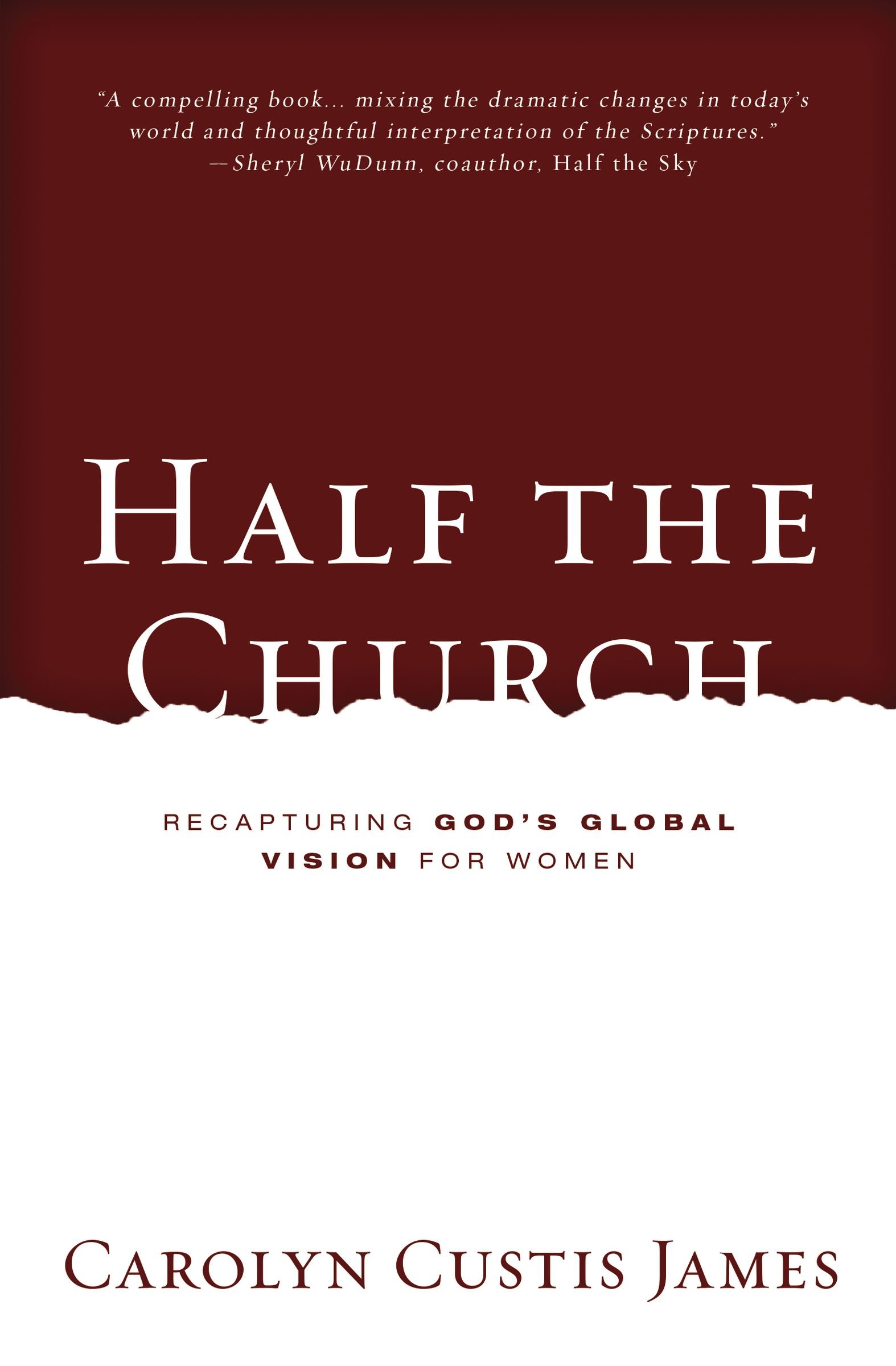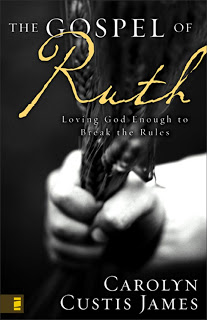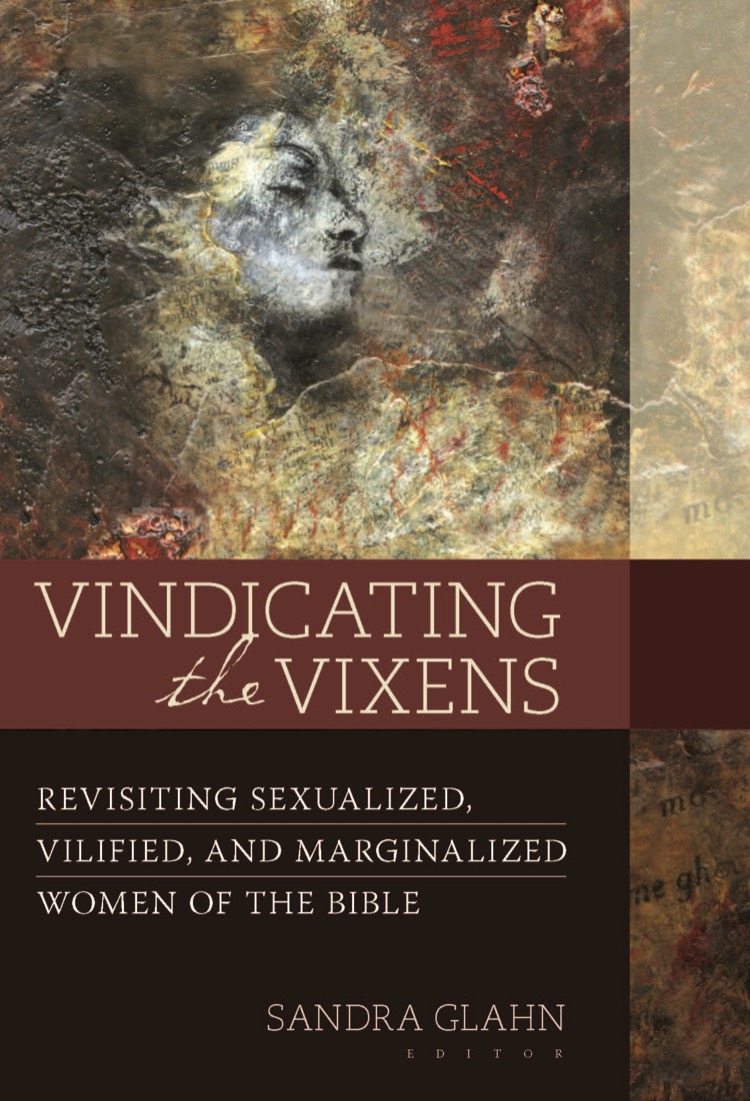 One of the many life-changing blessings of marriage to Frank James is the access I have to wonderful Christian scholars who not only enrich my life with their friendship, their scholarly work often causes the ground beneath me to shake. They’ve opened up new avenues of research and discovery for me that have been both paradigm shifting and life-changing.
One of the many life-changing blessings of marriage to Frank James is the access I have to wonderful Christian scholars who not only enrich my life with their friendship, their scholarly work often causes the ground beneath me to shake. They’ve opened up new avenues of research and discovery for me that have been both paradigm shifting and life-changing.
If you’ve read The Gospel of Ruth, you’ll know exactly what I mean. I’ll be forever grateful that my OT scholar-friend Bruce K. Waltke introduced me to his OT colleague Robert F. Hubbard’s commentary on The Book of Ruth (NICOT). Talk about an earthquake!
Well, recently it happened again! This time the earthquake was caused by the work of another scholar-friend: Dr. Roy E. Ciampa, Professor of New Testament at Gordon-Conwell Theological Seminary.
Trust me. Roy Ciampa needs to be on your radar!
When I read Roy’s recent article, “Ideological Challenges for Bible Translators” on the perils of Bible translation work, the earth underneath me trembled again.
I know, I know. The title sounds technical and not the kind of article most of us would normally pick up and read. But you’ll be missing out if you let that stop you. The implications of this article couldn’t be more relevant to our everyday lives. Roy’s research zeros in on how we interpret (and apply) Paul’s instructions to husbands and wives in Ephesians 5.
Can’t get more down to earth than that!
Great friends and life-changing ideas are meant to be shared. So I asked Roy if he would write a condensed version for WhitbyForum, and he graciously agreed.
I fully expect that, if you read this much, you’ll want to read the full article (see above). I also expect this article to generate some interesting discussion on the ongoing subject of how the gospel transforms relationships between husbands and wives today.
On Treating Modern Women as Ancient Greco-Roman Wives
One of the most unfortunate habits of biblical interpretation in the past several centuries, in my opinion, is that of assuming that the teachings of biblical texts are directly transferable to other cultures, including those that are quite different from those to which they were originally addressed. It is sometimes an unspoken assumption that “inspired” means “non-contextualized” and thus directly applicable to people of all times and cultures. This has had disastrous results for many marginalized people, including modern slaves, Jews and women.
Of course, a crucial part of the problem is that modern readers are usually not fully aware of the extent to which their context differs from that being addressed by the biblical texts. One result of this lack of awareness is what I call the “mapping of identities.” The “mapping of identities” takes place when people or groups in the biblical text are identified with people or groups in the culture and context of the modern reader, with one identity being mapped onto another.
This takes place, for instance, when modern readers directly apply labels for social or demographic groups (e.g., “Jews,” “slaves,” or “wives”) to people they believe fit those labels in their own society. They tend to assume cultural similarities between the group in the biblical world and those in their own world and tend to overlook crucial differences. This has played out with horrible consequences for Jews and slaves, among others, in the modern era, but the focus here will (naturally) be on the consequences for women.
Since slavery is no longer an acceptable part of Western culture (at least not explicit, legalized slavery), when readers come to biblical texts that mention slaves and masters they realize instantly that the texts, if they are to be applied, cannot be directly transferred. Since husbands and wives are omnipresent across all societies, people without in-depth knowledge of biblical cultures readily assume that the marital relationships being referenced and addressed in the biblical texts closely parallel those with which they are intimately familiar in their own context.
Most Bible readers are not familiar with important aspects of marriage relationships in the Greco-Roman world.
In that particular context, marriages were not typically entered into by men and women of similar ages and with similar life experience, but by adolescent girls (aged 14-15 or so) and fully adult men (aged 28-30 or so).* And, although there are references to well-educated women in the Greco-Roman world, they seem to be exceptions to the rule (and considered noteworthy, literally, by the ancient authors).
Normally men and husbands were much better educated and had greater exposure to information and experience outside the household. This is implicit even within one of the most remarkable texts of the New Testament relating to this subject. In 1 Corinthians 14:34-35 Paul says women or wives are not allowed to speak in the church meeting (in fact it would be shameful to do so), but should ask their own husbands at home if they have any questions. This latter clause only makes sense in a context where it is safe to assume that a wife’s husband is better informed and therefore capable of answering whatever questions the wife might have.
Such was the context of the typical Greco-Roman marriage. It had less in common with marriage in most of the Western world today than it did with those in parts of the world where child brides are married to older men. Many wives in the Roman world experienced life much like Balki Souley, a young bride married at the age of twelve, discussed in a recent story on child marriages in the Washington Post (“In Niger, hunger crisis raises fears of more child marriages”). This was the experience of women in the ancient world and remains the experience of millions of women in Africa and elsewhere today.
The New Testament texts themselves make perfectly good sense as instructions to people living in that social context. For a young bride to be submissive to her significantly older, more mature, experienced and knowledgeable husband, and for him to be exhorted to treat her in kind and loving ways (in terms that might sound somewhat paternalistic to us) would be part of honoring Christ in such a culture and relationship. Those would be loving ways for people to relate to each other.
All of the New Testament statements about how wives and husbands should relate to each other are addressed not to wives and husbands who married peers of similar age and life experience as in modern western cultures, but to wives and husbands within the asymmetrical relationship that was the Greco-Roman marriage.
Should all that the New Testament authors wrote about husbands and wives be considered directly transferable to husbands and wives who do not reflect the cultural inequities (i.e., unequal ages, levels of maturity, education and life experience) of the Greco-Roman marriage?
For me to treat my wife as though she were less wise, discerning, mature, knowledgeable or apt to lead than I am would be insulting and a failure to recognize and love her for who she really is rather than treating her according to the reality of most ancient wives. It would be to map the identity of a first-century Greek wife onto her identity and thus treat her not as Christ would have me treat her but as Christ would have an ancient Greco-Roman husband treat his less mature and less knowledgeable wife.
A constant theme of Jesus’ teaching and that of the New Testament is that we should love one another. To love one another we must know each other and treat each other in light of who we really are, rather than in light of some artificial or misapplied category from another time and culture. Many Christians unwittingly teach wives and husbands to relate to each other according to a Christianized version of Greco-Roman standards, without being aware of, or contemplating the significance of, the differences.
Love calls for something much better than that.
*See, e.g., Everett Ferguson, Backgrounds of Early Christianity (Grand Rapids, Mich.: Eerdmans, 2008), 75.















This comment has been removed by the author.
LikeLike
So where does that leave 'us' (women)?
We've been taught that Christian wives should 'submit' to (support) our husbands and our husbands are to love us, as Christ loves the Church. What does that look like, in the context of present times?
LikeLike
Pamela,
Great questions! Roy's work challenges us to figure out how to live out the gospel–how to behave like Christians–in our 21st century marriages where husbands and wives are usually both educated and intellectual peers.
Unfortunately, there's no easy formula for this. At the very least submission as defined by Paul and modeled by Jesus (Philippians 2:1-11) means self-giving for the good of others.
I've written about submission in The Gospel of Ruth–chapter entitled, “The Three Faces of Submission.” You might want to check that out.
CJ
LikeLike
Seems like this a great perspective to consider when wrestling with the issue of homosexual relationships and marriage equality. I don't know if that is something you'd consider to be relevant or not–but would be curious to know how that same treatment of understanding cultural bias within the Bible would play out with this other modern day issue.
LikeLike
After 43 years of marriage and 26 years of joint ministry together, I think the “modern relationship” would benefit from the simple word, “prefer”. I prefer my wife in all things, and she prefers me in all things. There is no competition, no 2nd class. We co-pastored together. I ordained her in our church even though she didn't want the title. But because she was doing the job, she deserved the title. She didn't want my job as senior pastor, she preferred to serve in the areas of ministry she was gifted in. If there is a piece of paper on the floor, or a dish in the sink, I deal with it. When I am getting ready for work she is making breakfast and then cleans up when I head for the office. If we were in the 1st century, things might have been different. Like the post, she might have been very young, or she might have become a “New Roman Woman”..(sort of women's libber). But today, I don't think the church can display the love of Christ and ignore 51% of the world's population. We should prefer each other, constantly seeking to display the love of Jesus to each other. If we focus on that, we won't need to write articles about it.
LikeLike
With this sort of “hermeneutic” there is no way to defend against, argue against, disallow an affirmative answer to Michaelivan's implied question about the acceptability of physical intimacy between members of the same sex.
LikeLike
Thank you for this. I find that there are other contexts which, misunderstood, can result in us understanding something quite different than what Paul intended to convey to the original audience– one of which is that male authority over females was taken for granted, assumed as a pre-existing condition. When that is understood, Paul's words in Eph 5 & 6, particularly to husbands, slave owners and fathers, become challenges to the norm, not endorsements of it. “Stop upholding the status quo and start raising up your wives, treating your slaves as brothers, and becoming gentle nurturers to your children.” That's Paul's message if you assume what he and his readers assumed– that the authority of the pater familias was a fact of life on earth as they knew it, not a dispensation of authority from God.
LikeLike
Hi – I'm greatly encouraged by Dr. Ciampa's article. It hadn't been on my radar until I read it on your blog. Delighting in the way God leads, equips and uses us…
peace-
Deb
LikeLike
Enlightening article – yes, love calls for something much better than that! I am so grateful that I have come across your blog. Keep on…
LikeLike
“…the way the holy women of the past who put their hope in God used to adorn themselves. They submitted themselves to their own husbands, like Sarah, who obeyed Abraham and called him her lord.” [see I Peter 3]
Hmmm, let's see: When Isaac was born, Sarah was 90 and Abraham was 100. That makes ten years difference between them…
LikeLike
A few years back I had studied the Greco/Roman household codes and came to much the same conclusion.
I do disagree with his conclusions concerning 1 Corin 14. I do understand the rationale for his conclusion, though, and found it interesting.
In my studies, I came to the conclusion that it contradicted 1 Corin 11 too much (prophesying with head covered or not?) and knowing that 1 Corin is full of “answers to questions” felt that Paul was quoting something that sounded eerily familiar to what is in the Mishna in several places as to what took place in Synagogues. Paul simply answers: What? as in “are you kidding me”? Did the word of God come only to YOU?
I also take into consideration the context of the city of Ephesus with it's whole cult of Artemis temple. If what we read in Eph 5 were a “law” of sorts, we would see it in every letter. Are we to believe there were no need for such instructions to the church at, say, Philippi?
Just more food for thought. But even hinting at such things turns many people's worlds upside down. I do understand that because trying to live out the comp marriage with it's roles and rules leaves little time to abide in Christ. And since Christ came as a male, who is our biblical model for Christlikeness? Perhaps we are focusing on the wrong things?
Lydia
LikeLike
Pingback: Black & White Bible, Black & Blue Wife—A Review - Missio Alliance
Pingback: Black & White Bible, Black & Blue Wife—A Review | Carolyn Custis James